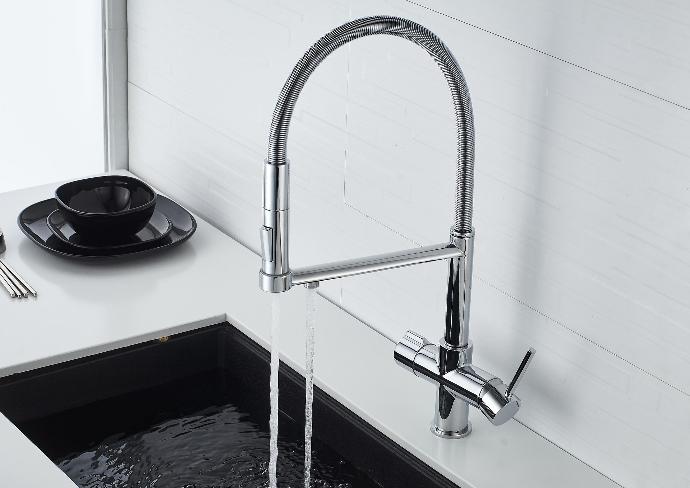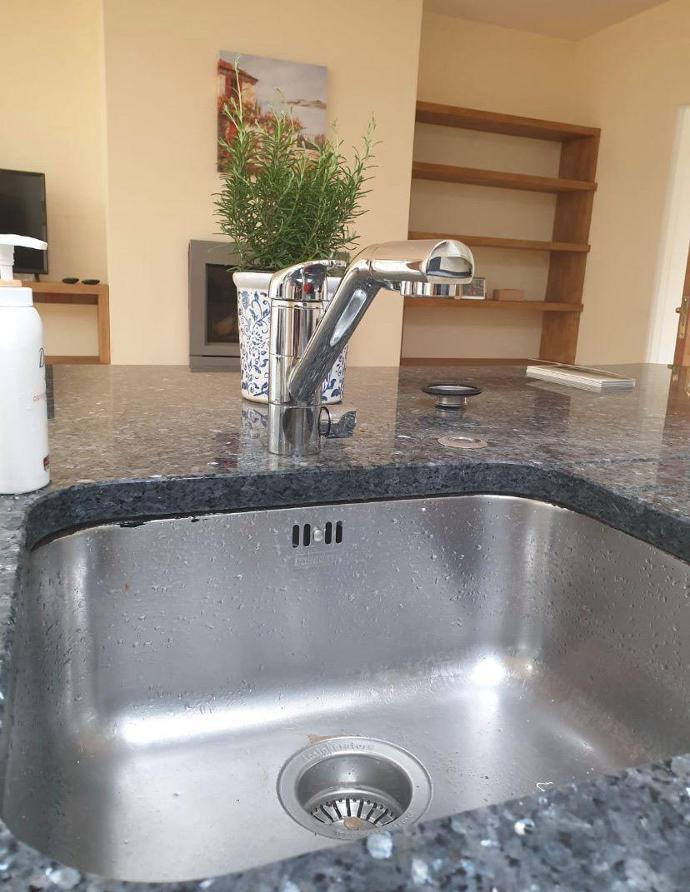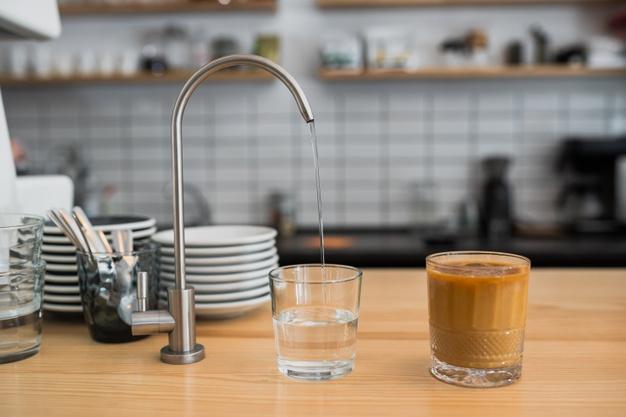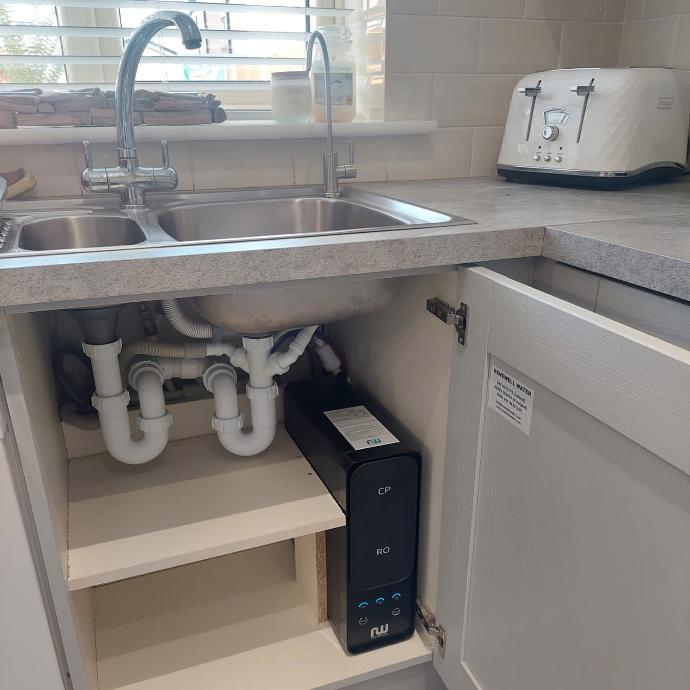Purified water goes through a process similar to what filtered water goes through, but with a few added steps like reverse osmosis, distillation, or deionization. The end result is far purer than filtered, spring, or tap water. If you want guaranteed purity and taste, choose purified water.
Bottom line: Filtered water is safe to drink and may taste better to some consumers since the chlorine is removed. It is not 100% pure, though. Truly purified water must undergo a strict purification process.

Filtered Water vs Purified Water
The chemistry of water is very simple. A water particle is made up of one oxygen atom and two hydrogen atoms, in this way H20. However, whereas water’s molecular structure is super-simple, it has one of the most complicated marketing structures around.
Genuinely, go to the bottled-water section of your nearby grocery store. It’s overwhelming. There’s spring water, filtered water, purified water, carbonated water, seltzer water, and even drinking water (can’t I drink all of it?). So, let’s do a quick water 101, begin with the essential: drinking water.
Tap Water (often marketed as Drinking Water)
Tap water or drinking water is the water that comes from your faucet. If your water is provided by a public water framework (not a private well), it is regulated by the Environmental Protection Agency (EPA). The EPA sets national drinking water measures. There are over 90 contaminants that are found in drinking water, but they don’t all have to be removed for water to be considered safe to drink. The EPA has set a legal limit for how many of each these contaminants can be present in the water, and it still is safe for human consumption. Each state must abide by the EPA’s minimum standards but can choose to enforce more stringent standards if they choose.
Yes, tap water contains some things like – Arsenic, Lead, Copper, Animal poop, Fluoride, THMS, Chlorine, Aluminium, Bacteria, E-Coli, Chloroforms, Iron, Manganese, Plastic Microfibres, Trace Medications, and many more contaminants.


Filtered Water (frequently marketed as spring water)
Filtered water (aka spring water or most bottled water brands found in supermarket stores) also is regulated for safety by the Food and Drug Administration and the EPA. But again, all filtered water is not alike. Filtered water may have originally come from a municipal tap water source or, if marketed as spring water, from an underground source. The water is then run through some type of filter. Carbon filters are most commonly used because they remove chlorine, which improves the water’s taste. A few manufacturers may go a step further and use a micron filter to remove additional chemical contaminants and microbes, but not all do, so the only way to know sure in the case of bottled water would be to read the label and find out more about how the water has been treated, or call the manufacturer.
Filtered water is safe to drink and may taste better to some consumers since the chlorine is removed. It is not 100% pure, though. Truly purified water must undergo a strict purification process.
Purified Water
Purified water, according to EPA.gov, must be treated to meet the U.S. Pharmacopeia definition of purified water. That means it essentially must be free of all chemicals, and it may or may not be free of almost all microbes. Purified water will have gone through at least one, maybe several, additional treatment processes, including reverse osmosis, distillation, or deionization. One disadvantage of purified water, especially purified water that has also gone through a distillation process, is that some beneficial minerals may be removed from the water as well, such as calcium, magnesium, and fluoride.
Purified water is water with essentially no chemicals in it. Some trace amounts may exist depending on what type of purification system is used, but it must not contain more than 10 parts per million of total dissolved solids.

Is Purified Water The Same As Filtered Water?